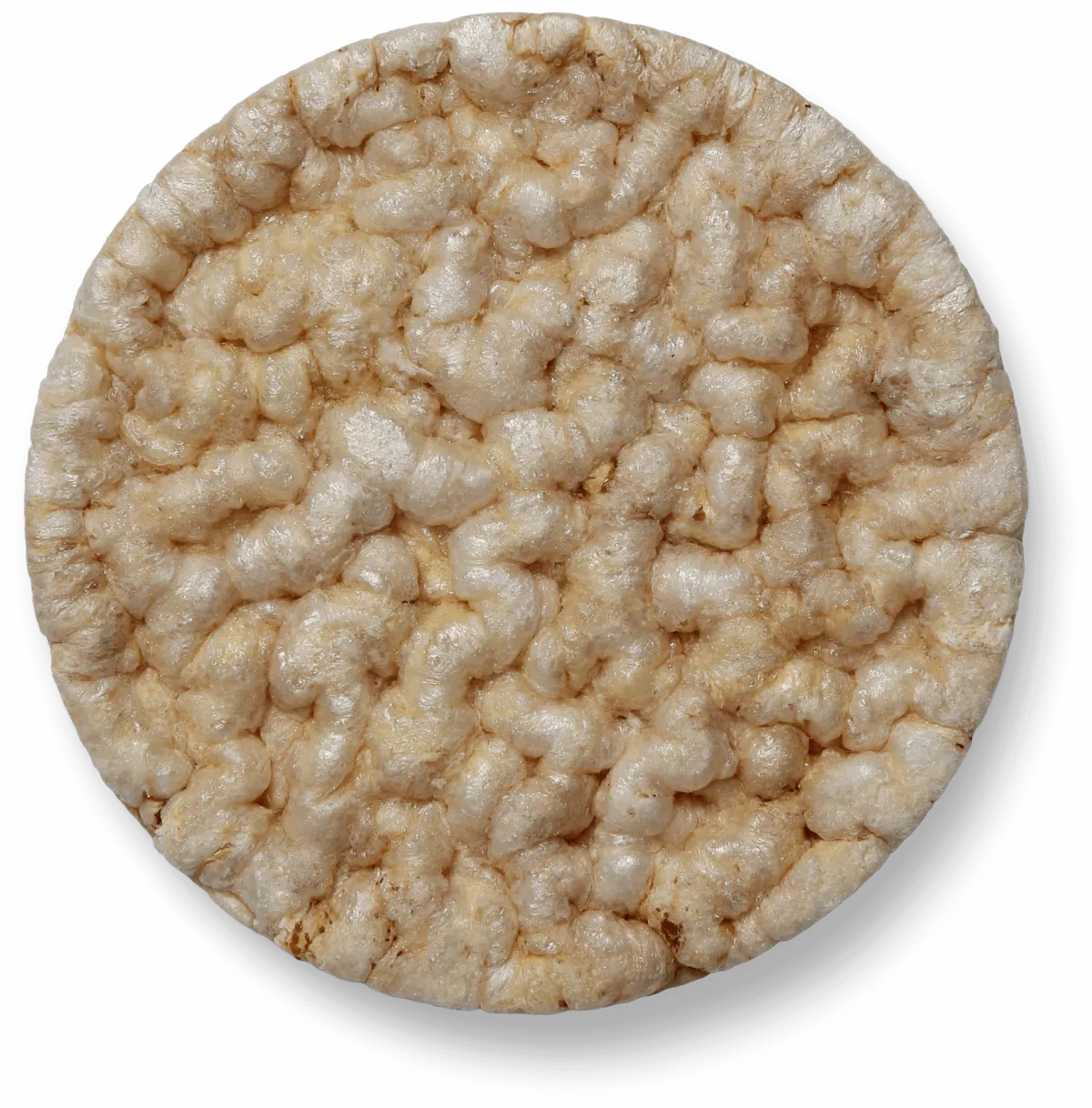404
A broken link is worse than a dry rice cake.
Scroll down to the bottom for a list pages that really do work.

As part of our website renovation, the URL address has dropped the www.
If link you have clicked is www.internationalglutenfree.com/anything delete the www. from the address and try it again.
If you can't find what you are looking for please let us know.
This doesn't have to be the end!

Follow us on your favorite platform and browse through our favorite resources.
Social Media:
Resources:
We’re on a mission to increase gluten-free resources, awareness, and knowledge around the world
Copyright International Gluten Free 2025 - All Rights Reserved
